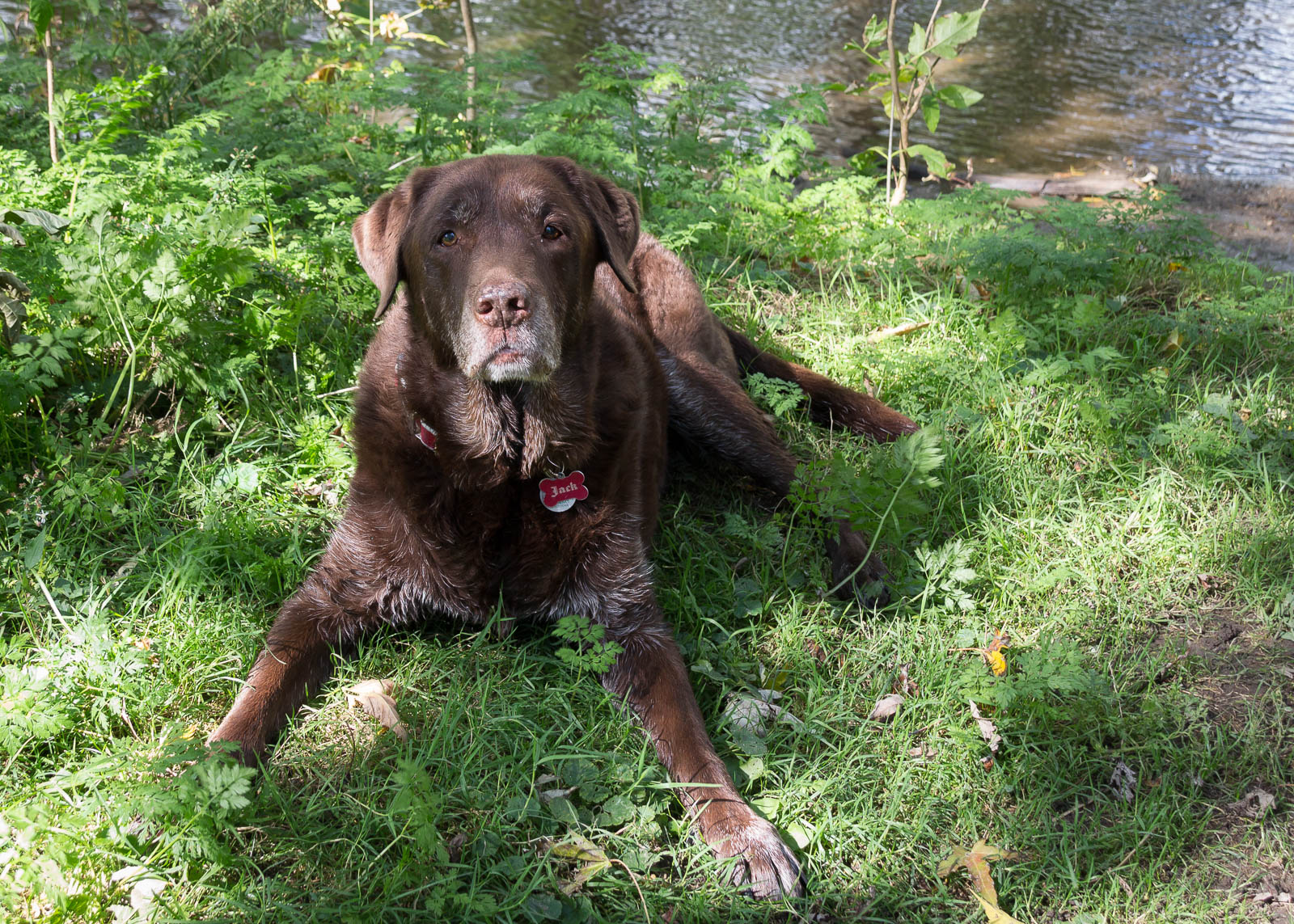Japanese Woodblock prints, by Utagawa Kuniyoshi
Kuniyoshi is considered a master of ukiyo-e (woodblock prints), and his favourite subject was cats. He was obsessed with cats, and his studio was often overrun by them. He often portrayed them as well-loved characters from stories or as part of kabuki theatre. His art is inventive and often playful, and it quickly became popular and well respected, lifting him out of the poverty of his early life.



















